Name Caitlin Doughty | Role Mortician | |
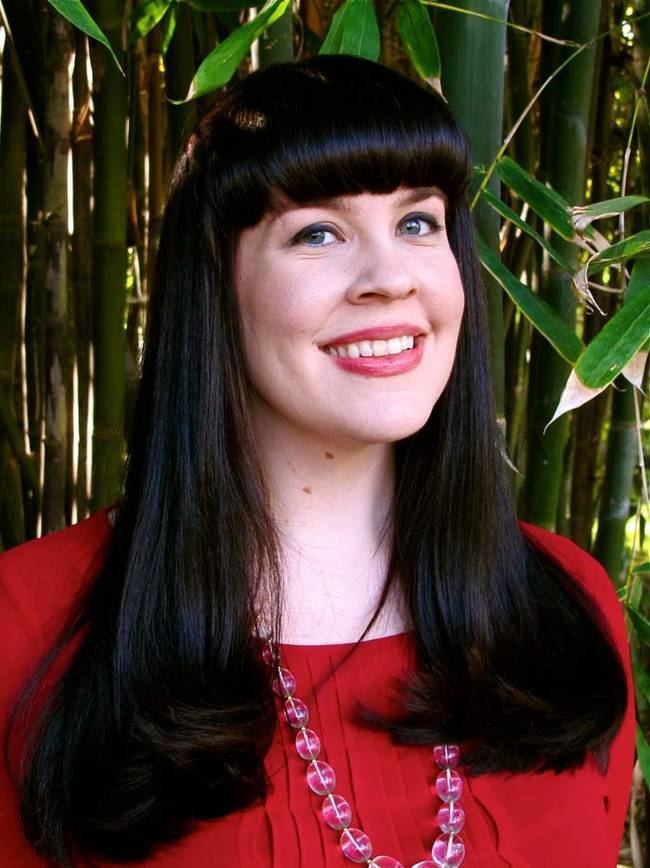 | ||
Education BA, Medieval HistoryMortuary Science Website www.orderofthegooddeath.com Residence Los Angeles, California, United States Books Smoke Gets in Your Eyes: And Other Lessons from the Crematory Nominations Goodreads Choice Awards Best Memoir & Autobiography | ||
The corpses that changed my life | Caitlin Doughty | TEDxVienna
Caitlin Doughty (born August 19, 1984) is an American mortician, author, blogger, and YouTube personality known for advocating death acceptance and the reform of Western funeral industry practices. She is the creator of the web series "Ask a Mortician", founder of The Order of the Good Death, and author of the bestselling book Smoke Gets in Your Eyes & Other Lessons from the Crematory, published in 2014 by W.W. Norton and Company.
Contents
- The corpses that changed my life Caitlin Doughty TEDxVienna
- Caitlin doughty memoir of a mortician
- Early life
- Early career in the death industry
- Advocacy
- Ask a Mortician
- Smoke Gets in Your Eyes
- Order of the Good Death
- Works and appearances
- References
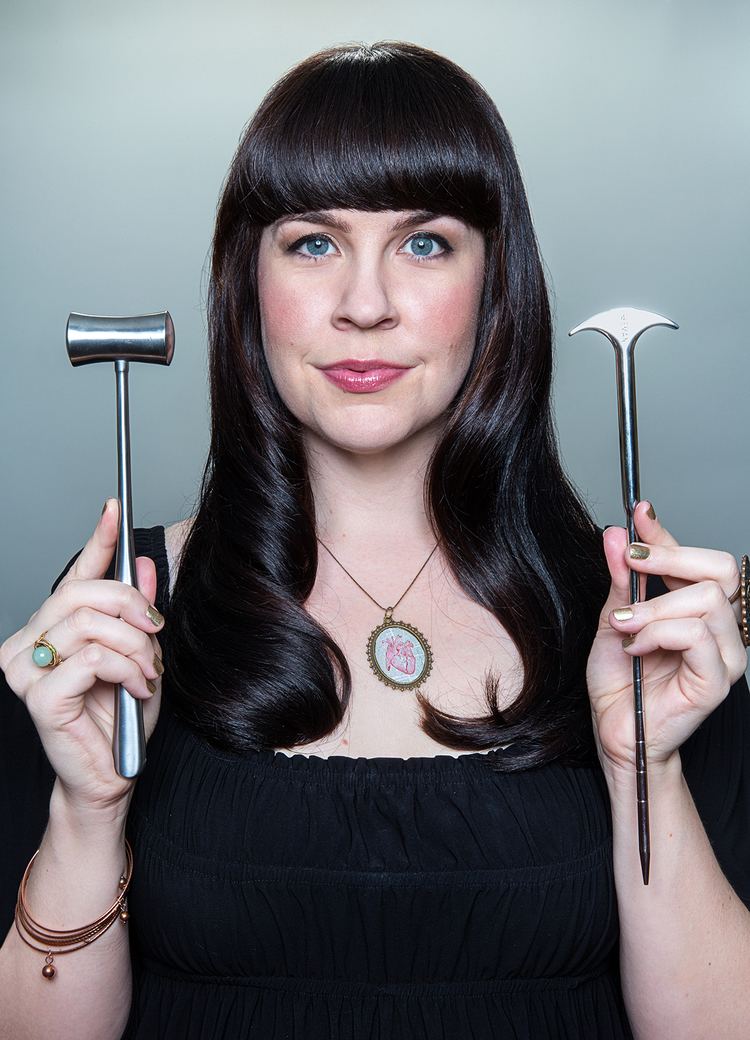
Caitlin doughty memoir of a mortician
Early life
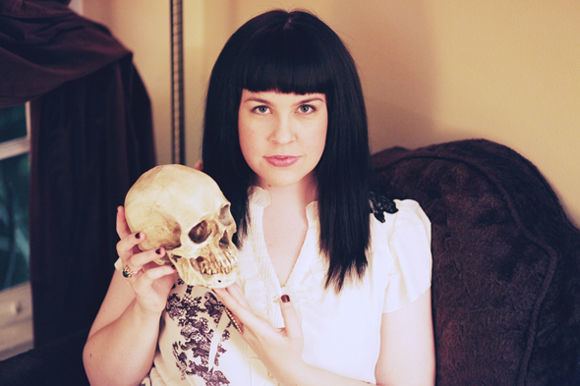
Doughty grew up in Oahu, Hawaii, where she had no exposure to death until, at age 8, she witnessed the death of another child in an accident. She was quickly taken from the scene of the accident and it was never spoken of again. For several years, she became obsessed with fears of her own or her family's deaths. Doughty says she could have recovered better from the incident had she been given the opportunity to face the reality of the child's death.
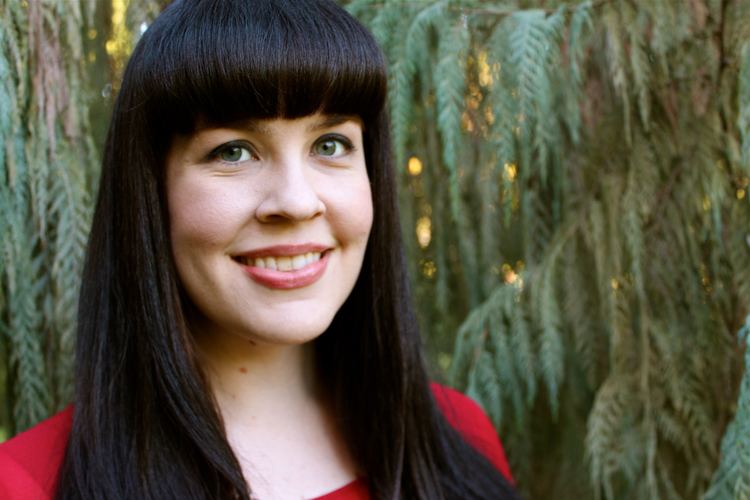
Doughty attended St. Andrew's Priory School, a private Episcopal all-girls college prep school in Honolulu. In college she majored in medieval history at the University of Chicago, focusing on death and culture. She studied the witch trials in the early modern period, and directed a play she had written based on the works of Edgar Allan Poe and the Christina Rossetti poem "Goblin Market".
Early career in the death industry
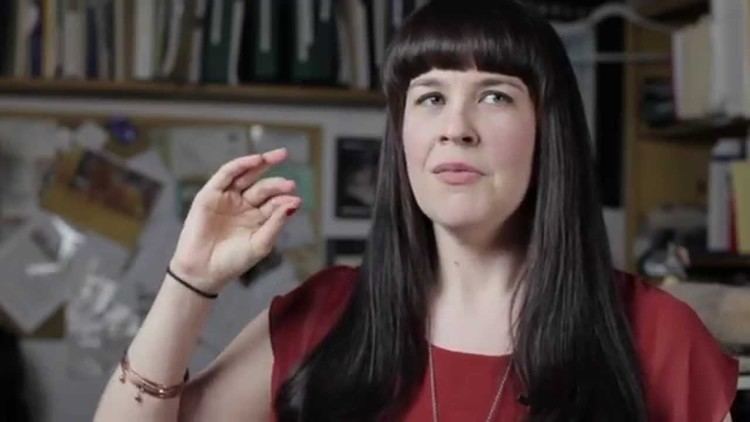
After graduation and moving to San Francisco in 2006, at age 22, she sought hands-on exposure to modern death practices in funeral homes, and after seeking employment for six months, was hired in the crematory of Pacific Interment (called Westwind Cremation & Burial in her book) despite her lack of any experience in the funeral industry. Pacific Interment could be called "the anti-Forest Lawn", referring to what Doughty sees as the theme-park-like, kitschy corporate funeral behemoth that much of modern American funeral practice is modeled on. She picked up corpses from homes and hospitals in a van, prepared them for viewings, cremated them, and delivered the cremains to the families. Dealing with bureaucracy, such as acquiring death certificates or obtaining the release of a body from the coroner, occupied much of her work. Her boss and coworkers at Pacific Interment often tested her with very hands-on assignments, as on her first day at work she had to shave a corpse, and Doughty unflappably accepted any task, a willing jack-of-all-trades, eager to prove her mettle.
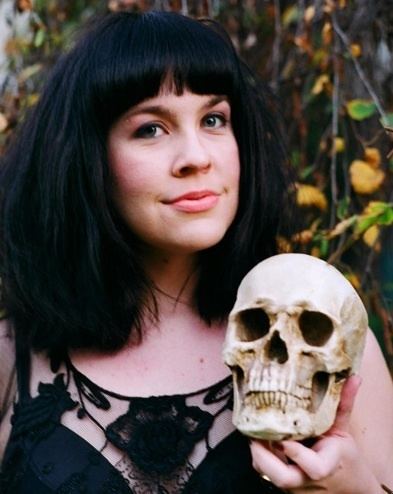
Doughty knew almost from the beginning of her work in the death industry that she wanted to change attitudes about death, and find a way to offer alternative funeral arrangements. After one year at the crematory, Doughty attended Cypress College's mortuary science program, and graduated as a licensed mortician, though in California she could have obtained a license by passing a test without attending mortuary college. She founded The Order of the Good Death, an association of like-minded death professionals, along with artists, writers, and academics who shared her goals of reforming Western attitudes about death, funerals, and mourning.
Advocacy
Doughty's main inspiration for her advocacy work was the frequent absence of the decedents' families in the process, which she attributed to the Western death anxiety and death phobia. She wanted to encourage death acceptance, and a return to such practices as memento mori, reminders of one's own mortality, resulting in healthier grieving, mourning, and closure after the inevitable deaths of people around us, as well as starting a movement to broaden the funeral industry to offer more funeral options, such as natural burial, sky burial, alkaline hydrolysis (liquid cremation), or promession. Embalming began to dominate in the US after the Civil War. A century later, in the 1960s, Americans began to turn away from embalming and burial, as cremation became increasingly popular, so that today it is used in almost half of deaths in urban areas. Cremation is seen as a threat to the traditional funeral industry, but has a reputation as the more environmentally friendly option. This change can be traced to the lifting of the ban on cremation by Pope Paul VI in 1963, and to the publication in the same year of The American Way of Death by Jessica Mitford, documenting abuses in the funeral industry and criticizing the excessive cost of funerals. Mitford's book, and the movement it started, was one of Doughty's inspirations, but Doughty feels that while Mitford had the right target, the profit-driven funeral industry, Mitford erred in sharing the industry's, and the public's, unhealthy desire to push out of sight and avoid thinking about the corpse itself. Doughty seeks to build on Mitford's reforms but in a direction that embraces the reality of death and returns to funeral and mourning practices that include spending time with and having contact with the dead body itself.
Doughty advocates reappropriating pejoratives like 'morbid', and wants to reverse the attitude that "talking about death is deviant". She says, "Death is not deviant, it's actually the most normal and universal act there is." She is working to overcome the belief that dead bodies are dangerous and can only be handled by trained professionals using technical equipment and specialized facilities. She says the most important thing she wants the public to know is that the corpse is the family's legal quasi-property, and that
you have the power over what happens to that body. Don't let anyone, funeral home, hospital, coroner, etc., pressure you into making a quick decision you might regret. Take the time to do your research and understand your options. The dead person will still be dead in 24 hours; you have time to make the right decision for you.
While a body is not commercial property, which can be transferred or held for a debt, for purposes of burial the body is treated as the next of kin's property. Her highest priority changes that she would like to see in US law would be the repeal of the laws in eight states that require a funeral home for at least some part of the process, and to make alkaline hydrolysis available in more than the current eight states. One funeral industry professional of 40 years experience lauded the goal of greater family involvement in funerals, but said it was "virtually impossible" for many families today to return to preparing bodies themselves or hosting wakes in their own homes, citing the challenges of moving a body themselves, or dealing with a body that had been autopsied, or, especially, the innate fear of contact with the dead, which he did not think would "ever change". Doughty says her 'dream funeral' is
one where the family is involved, washing and dressing the body and keeping it at home. When they've taken the time they need with the dead person, transporting the person to a natural burial cemetery and putting them straight into the ground, no heavy sealed casket or vault. Just food for worms.
"Ask a Mortician"
Doughty's YouTube series "Ask a Mortician", begun in 2011, humorously explores morbid and sometimes taboo death topics such as decomposition and necrophilia. By 2012, after 12 episodes, "Ask a Mortician" had 434,000 views, and by September 2014 the channel had 33 clips with a total of 1,585,000 views. Doughty uses an irreverent, offbeat and surreal tone to attract the largest possible audience for a subject that is otherwise off-putting and depressing to many potential viewers. Doughty said, "I take my job and this whole movement incredibly seriously. I do [the videos] with a sense of humor, but it's my life, and it's really important to me that a positive death message gets across."
Fans of "Ask a Mortician" have told Doughty they were shamed for wanting to view the corpse of someone they lost, which Doughty says is the result of the death industry "whitewashing death". Doughty instead advocates spending time with the body, not just hours, but around two days, in order to fully accept the death. She also encourages rituals and personal participation in the preparation of the corpse. This may include washing or dressing it. It is important to watch the actual burial or cremation rather than departing after the funeral and leaving it to the professionals to finish the work.
Smoke Gets in Your Eyes
In September 2014, at age 30, Doughty's book, Smoke Gets in Your Eyes & Other Lessons from the Crematory was published by W. W. Norton & Company. It is a memoir of her experiences that serves as a manifesto of her goals. The book is named for the 20th-century pop song "Smoke Gets in Your Eyes", in reference to both the literal smoke of cremation and the associated emotions. W. W. Norton's Tom Mayer outbid seven other publishers for the worldwide rights to Smoke Gets in Your Eyes in 2012. The book debuted at #14 on The New York Times and at #10 on the Los Angeles Times bestseller lists of hardcover nonfiction for the week ending October 5, 2014.
Doughty's intention with the book was to combine "memoir, science, and manifesto" in an entertaining way that would attract a wide readership to the unpleasant topics of death, decay, and corpse handling, in order to challenge the reader to confront their own mortality. Doughty says readers have told her that they themselves are fascinated by the graphic descriptions of such things as "stomach-content removal" or the "bubblating" of human fat during a cremation, yet they are "not sure other people will be able to handle it." Doughty said, "I think we need to admit that, as a group, as humans, we are all drawn to the gory details. When reality is hidden from us, we crave it."
The Washington Post noted that while Doughty's "endearingly anxious inner workings take up a large part" of the book, there are also portraits of her three eccentric coworkers at Pacific Interment, who each teach lessons she carries after leaving to attend mortuary school. "What holds Smoke Gets in Your Eyes together," the Post said, is Doughty's overarching goal to increase the reader's awareness of their own mortality and face their fear of death, and the book's effective use of humor keeps it from being too sorrowful or gruesome, in spite of its graphic descriptions. The Boston Globe's review of Smoke Gets in Your Eyes said that, "If at times Doughty's voice is a bit too breezy ... her observations are solid." The Fredericksburg, Virginia Free Lance-Star said the book was engrossing and "fulfills all its pre-pub hype, jacket blurbs and positive advance reviews". Natalie Kusz wrote in The New York Times Book Review that, "the book is more consequential than its spin potential, [...] more cultural critique than exposé," using Doughty's personal narrative to lead the public to a new relationship with death.
Since writing the book, Doughty began working to launch Undertaking LA, a funeral service alternative to the mainstream funeral options. It started as a seminar series meant to educate the public on their death options under California law. As of 2014, the service consisted of "two licensed morticians telling the public, 'you don't need us!'", instead advocating DIY funerals.
Order of the Good Death
Caitlin Doughty additionally is the founder of the “Order of the Good Death” an inclusive community of funeral industry professionals, academics, as well as artists who advocate for and make possible, a more death informed society (Palet). “The Order of the Good Death” is presented to the public as a website that shares articles and information by prominent figures in the death industry that make individuals more informed about the inevitable conclusion of one’s life (Washburn). In previous years the public had an engagement with the cemetery as a community place, which people do not have anymore (Washburn). The Order of the Good Death is Caitlin Doughty’s way of creating a community while teaching individuals to accept death (Washburn). Doughty’s work has a strong focus on ways of “making death a part of one’s life” (Washburn). “If Doughty and the Order’s death-care revolution is successful, Americans will be more comfortable contemplating mortality and dying— thus preparing for it, seriously considering alternatives such as green burial, composting, and using crematoriums that have carbon-offset policies”( Kiley).
